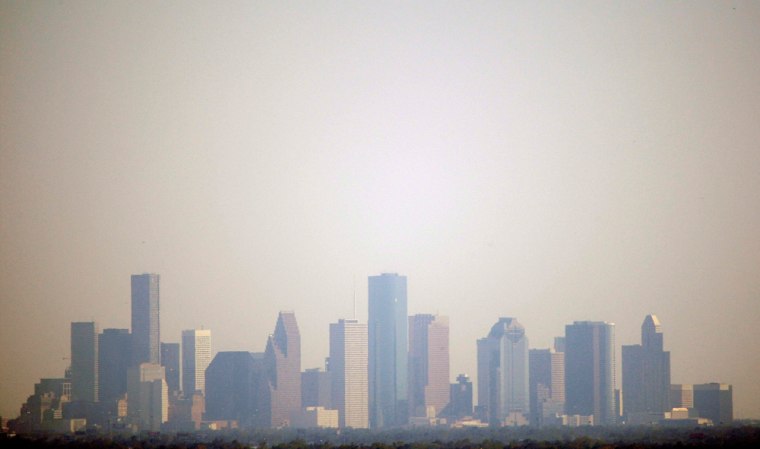Deadly twisters routinely rip across the American Midwest each spring, and the Southeast each fall and winter. Just how they form is a mystery, but a new study suggests dust pollution in the atmosphere may nudge supercell thunderstorms into spawning tornadoes.
David Lerach of Colorado State University and a team of researchers compared two computer models of supercell storms — one in which the atmosphere was clean, and one in which it was riddled with microscopic dust particles.
In the clean model the telltale rotating cloud formed, but no twister ever materialized. In the polluted version, which had 10 times more dust, it did.
Lerach thinks the abundance of microscopic particles prevents water from condensing into rain drops big enough to fall to Earth. Rising warm air lofts the miniature droplets high into the cloud where they freeze instead. This leaves the air currents that are the precursors to tornadoes free to swirl beneath the cloud.
"In the clean case, all the rain washed out the core of the storm and killed the downdrafts," Lerach said.
Though scientists still don't understand tornado formation very well, they generally believe cold downdrafts — also called gust fronts — that mix with rising warm air underneath a storm are crucial to whipping up tornadic winds.
Aerosol pollution can come from natural, as well as man-made sources. In the United States, dust storms in Arizona, New Mexico and Texas throw particles into the air that may find their way into thunderheads over Kansas, for example.
But it's possible that the aerosols humans produce from their cars, factories and power plants could also increase tornado formation.
"This is a first step," Lerach said of the model study, which is due to be published in the journal Geophysical Research Letters. "The model suggests if there's more crap in the air, tornadoes are more likely to form. It raises interesting questions about the role of air pollution and aerosols in tornado genesis, but it doesn't prove anything."
"You'd want to do a field study looking at aerosol concentrations in a sparsely populated, relatively clean area," Nathan Snook of the University of Oklahoma agreed, "and then look downwind of a major city to see if there's any difference in tornado formation."
"It would also be interesting to see if aerosols emitted from dust storms are going have a different effect on thunderstorms than human-emitted aerosols," Snook added.
